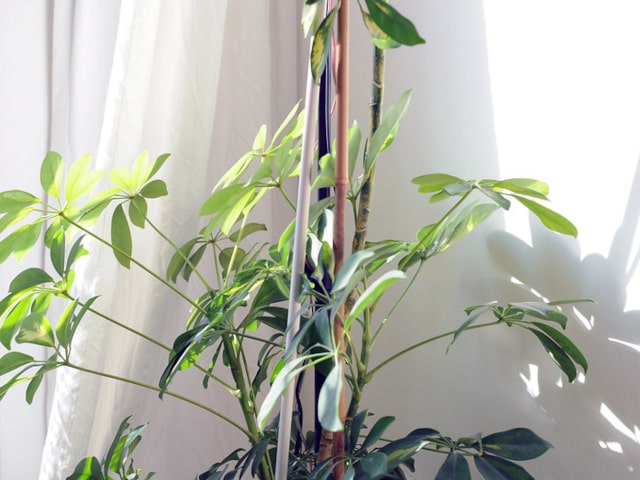
If you wish to grow healthy plants indoors, it's important to understand their basic needs. The most important elements you need to provide are water and adequate light. All of the other factors, such as the type of soil, container or fertilizer, while important, are not as vital as these ones. In other words, all your effort when it comes to choosing the best pots and plant food will be void if you fail to provide your plants with adequate amounts of water and appropriate light.
The Importance of Sunlight
Sunlight is a vital element needed for plants' survival. Plants absorb sunlight and turn it into energy via photosynthesis. Photosynthesis is an important process that not only gives plants energy but is also vital for the whole eco system. This process is performed in special cells called chloroplasts. Not all plants have the same levels of chloroplasts. For example, species that can handle higher light levels have higher levels of chloroplasts. Chloroplasts' concentration can also depend on an individual plant and conditions in its surroundings. Chloroplasts can alter their concentration in order to respond to changing light conditions. If plants are exposed to reduced light, they concentrate more chloroplast so they can be able to catch and process more sunlight. This process is known as acclimatization. This is how certain shade-loving plants can be "trained" to accept more light.
Plants' ability to convert sunlight into energy is fundamental for all life on Earth. Through plants, sunlight is converted to usable energy. This energy is then consumed by animals and they are in turn frequently consumed by other animals so the energy moves through the food chain.
Growing Plants Indoors
When it comes to sunlight, growing plants indoors is not the same as keeping them outside. Sunlight coming through a window is never as strong as sunlight outside. Generally speaking, as you move plants further away from a window, the light intensity drops rapidly. Even a move of only 2-3 feet can reduce the light intensity by more than 50%. This is the first thing you should keep in mind when deciding where to locate your plants.
Plant growers often wonder about the type of light their plants need, especially those kept indoors. How to provide the most consistent light? Is there a difference between window orientation and the type of light they provide? What is the best position for the plants?
Window Orientation
Window orientation is another important factor you should keep in mind. Window direction and orientation will dictate the amount of sunlight a window receives. Here is the light intensity relative to window orientation in Europe, North America and much of Asia:
- North Facing Windows: They tend to give the weakest light intensity. They are often in deep shade. It's possible to grow shade-loving plants in these windows, but only during summer. In winter, north facing windows are generally not suitable for plant growth.
- South Facing Windows: Give the strongest light intensity. All plants placed in unblocked south-facing windows will receive the most light. These windows are good for plants that can tolerate strong sunlight.
- East Facing Windows: These windows usually get a lot of early, morning sun. This sunlight is not as strong so east windows are good for plants that need morning sunlight or moderate sunlight.
- West Facing Windows: These windows get plenty of afternoon and evening sun, which can be extremely strong in the summer. These windows are good for sun-loving plants even though they tend not to get the same intensity of light as those plants places at south windows.
Measuring Light Intensity
Light intensity is measured in units called Lux. Lux is equal to one lumen per square meter. Here are some examples of the illuminance provided under various conditions:
- 200-500 LUX: Low light intensity. This is almost deep-shade. Not appropriate for most plants.
- 500-1,000 LUX: Still low light intensity but bright enough to read. It resembles natural light of an ordinary room. This light intensity is appropriate for shade-loving plants.
- 1,000 - 2,000 LUX: Bright but indirect sunlight. This may produce a defined shadow. Appropriate for plants that require indirect sunlight.
- 2,000 - 4,000 LUX: This light intensity is about 40% of midday sun as well as direct light coming through windows. This is considered bright light. It is ideal for many plants that require good and consistent light intensity.
- 4,000 - 5,000 LUX: This light intensity is about 50% of midday sun. This is strong direct sunlight in a bright room. Appropriate for plants that require a lot of strong light.
- 5,000 and up LUX: Very bright indoor light but still not as strong as sunlight outdoors.
Full daylight (not direct sun) outdoors is about 10,000-25,000 LUX. It means that even the brightest rooms rarely, if ever, approach this level of sunlight. However, it's still possible to burn plants placed too close to windows because the window glass can act like a magnifying glass. Plus, a plant may not be well acclimated to direct sunlight. So this is another thing to keep in mind when deciding where to place your plants.
Generally speaking, the most important indicator of the appropriate sunlight level is the plant itself. Strong, healthy plants are those receiving optimal sunlight. It's important to always monitor your plants to see signs of too much sunlight (yellow leaves, burned spots) or too little sun (leggy growth). If you notice these changes you should consider moving your plant to a more appropriate location.
Photo credit: stephanie vacher
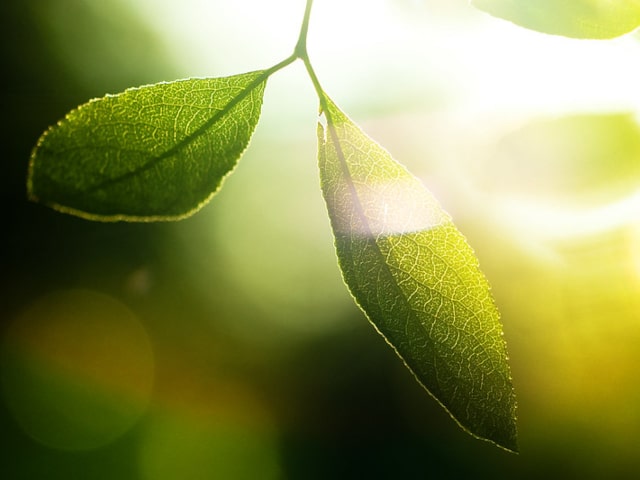
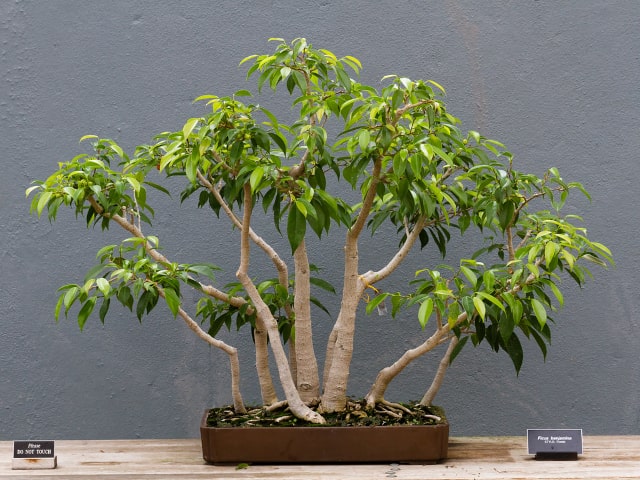
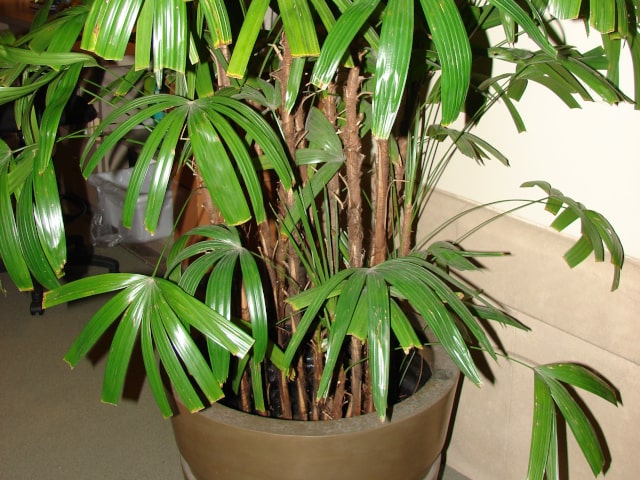
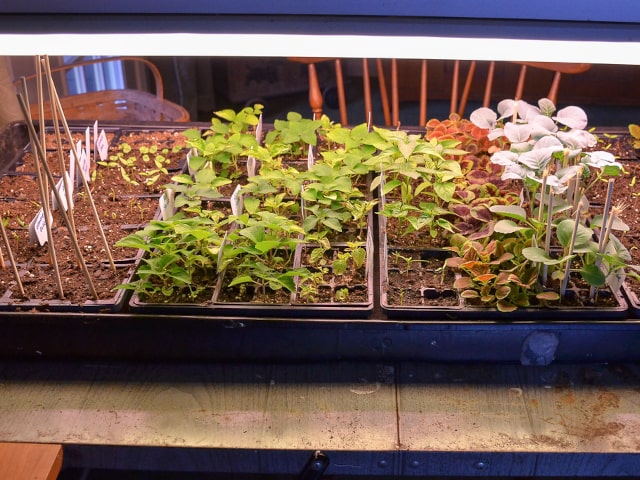
1 Comments
Finally some explanation that makes sense. I bought a Mr. Meter to be sure my plants are getting enough light and the instructions were terrible. Finally a product reviewer on Amazon explained how to read the numbers properly n how to use it. Ok. Now I had numbers but no way to know how they applied to my plants. Thank You! For explaining all of this. I'm saving this article.